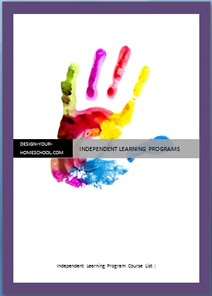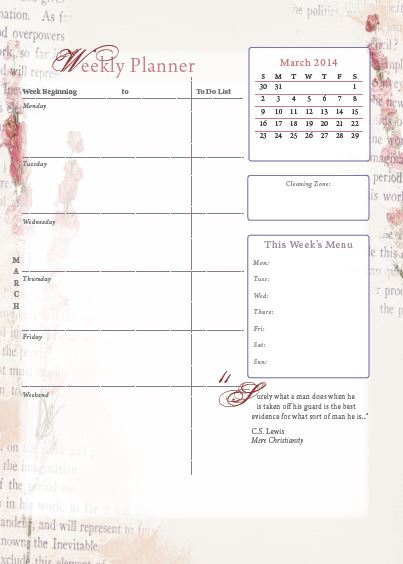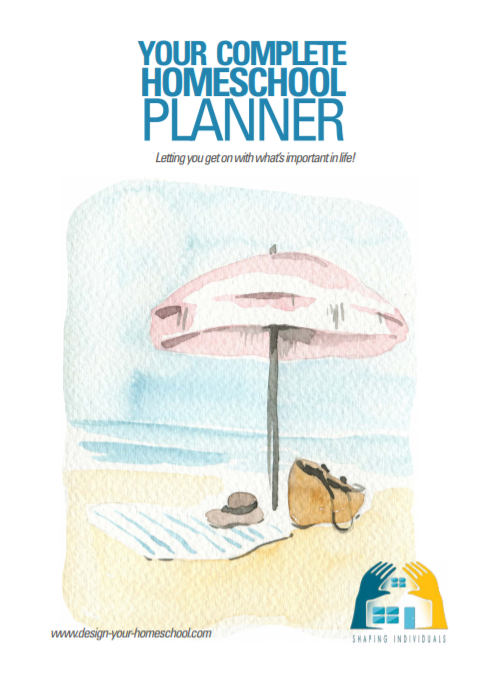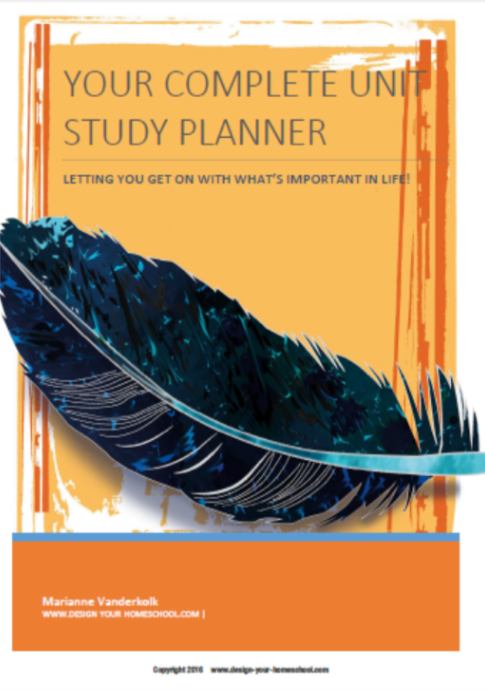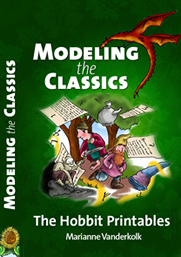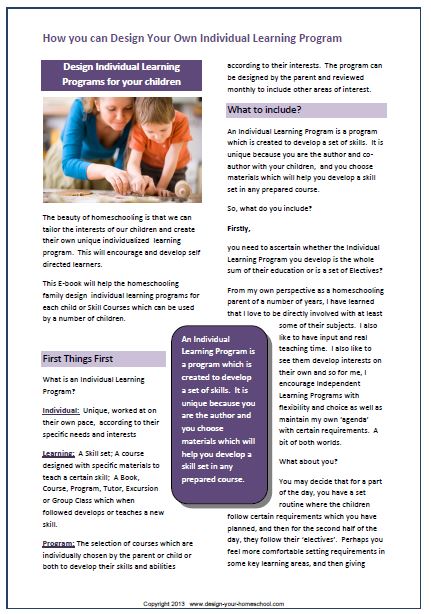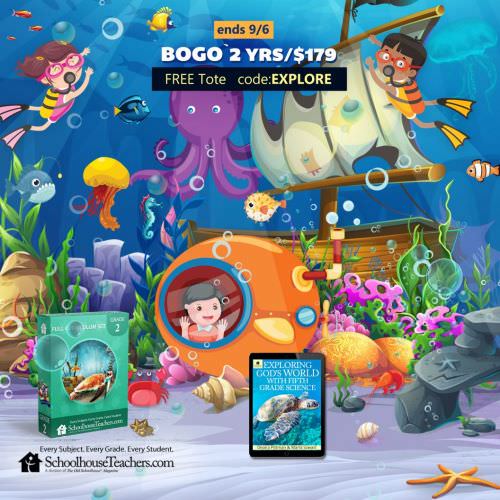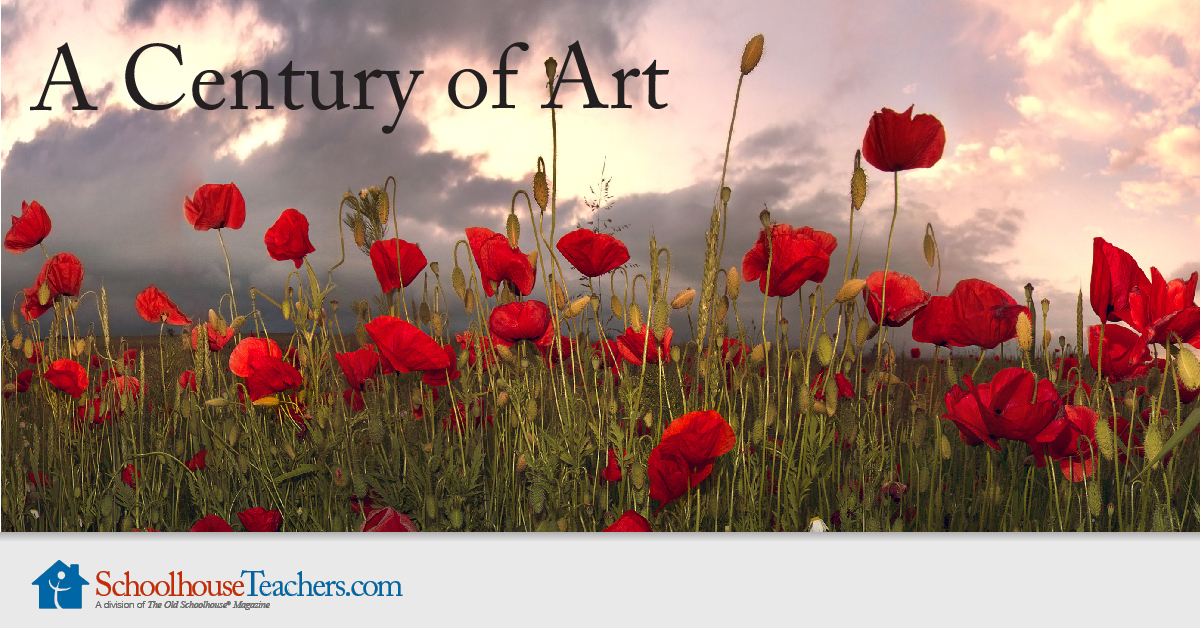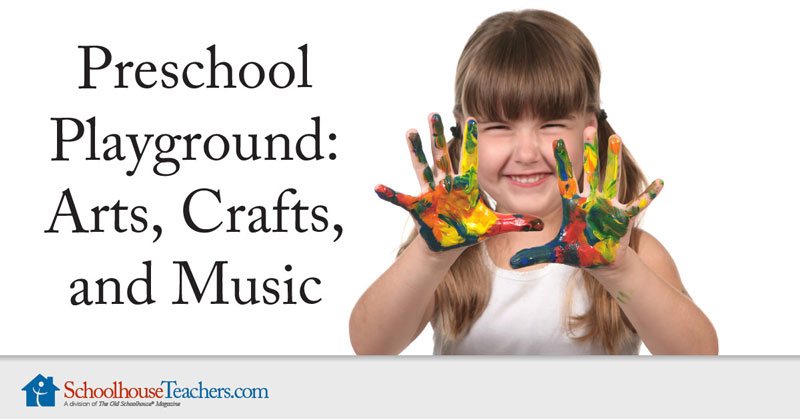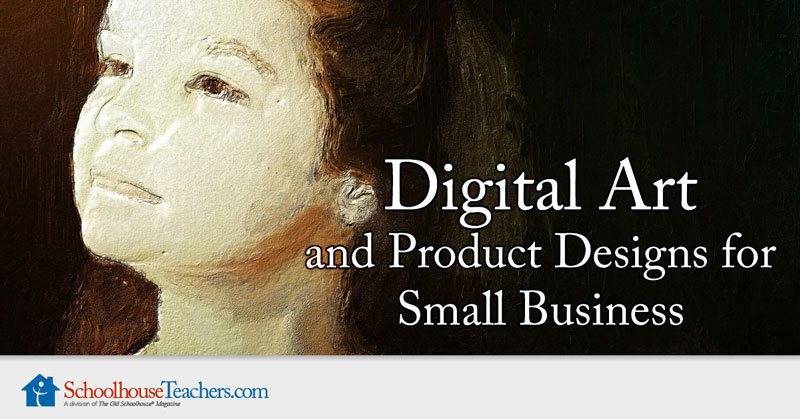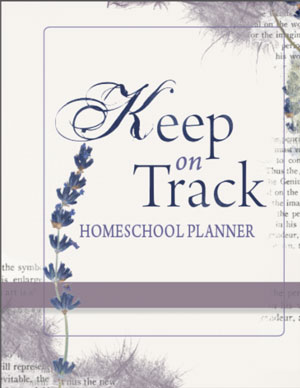Design Your Delight Directed Approach
Delight Directed! What a great description of an approach which is DIRECTED by your child's DELIGHTS!
Just as you are a uniquely designed family, so the education you give your children will be unique and that is the way it ought to be.
What? You're not feeling very unique and original?
You are the only person who is married to your spouse! That's unique! You're the only person (with your spouse) to have that child! He's original! You as a family have a unique humour, and there are certain jokes that are "inside" jokes.
You have set special traditions that happen only in your home. You have nick-names that are only heard inside your walls. Yes, you are unique. Your family is unique.
Since you are so unique, it is perfectly understandable that your family could not just get the generic curriculum off the shelf and follow it page by page, unit by unit, day by day. That's where you come in and make your own curriculum with your own specific goals for your own uniquely designed children, walking along the unique path that God has placed your family on, and trusting in Gods guidance.
Follow along for some guidelines to design your own Delight-Directed Education.
Goal Setting: First Priority
Without direction, we don't know where we are going. Even if you are interested in designing your own delight directed approach, goals are important. So, the first thing we need to do, is to set some goals.
You may want to review my section on Setting Family Goals
Setting Goals- Is it really important?
Once you have set your goals as a family, it is far easier to make choices as to how you will develop your own unique curriculum and your delight directed approach.
I have described three types of families. The similarity between each family is that each family would love to provide a Rich Learning Environment. But, I have three ways a family may implement a Delight Directed Approach. I have loose suggestions for these types of families.
These suggestions are how each family may develop their Delight Directed Education.
- Family A: You may want to provide the Rich Learning Environment for your children and give them access to materials and allow an interest to develop. Parents will step in to guide and assist where necessary. You may decide to tackle the educational needs only when they arise. For example, Tom is writing a letter and needs to know how to spell. This is the time to teach him. Amy is interested in making a graph on the population of different countries. This is the time to teach graphing, and finding the difference.
- Family B: You may choose to define a base curriculum of Reading, Writing, Maths and the Rich Learning Environment and then delve into areas of interest as they arise.
For example: Interest Topic of Child is Bees ..This leads to Library Visit - Read Books on subject; Draw the life-cycle/ hive - Attract Bees, Catch Bees, Keep Bees for a short time; Draw; Draw and label the body of a bee and of all insects. Discuss Classification; Study a dead bee under the microscope; Draw a hair; Read about pollen and pollenisation, observe, Read about honey; Visit a Bee Garden where there are Bee hives;
- Together the parent and child may decide how they can present what they have learned:
- Powerpoint Presentation - photos, writing, own voice..
- Speech
- Poster
- Notebook
- Lapbook
- Poem
- Model
- Story
- Narration
- Or come up with another way to develop what they have learned using Creative Thinking Skills - play around - Maybe there's a product you can develop from your learning (... great for young entrepreneurs)
See more Learning Activities
- Family C: You may choose to define a base curriculum of Reading, Writing and Maths. You may also choose to read History from a Spinebook. Science can also be read in this way. When a particular interest arises, from the reading, you stop and explore. In this way parents can spread a rich smorgasbord of delights before their children, and open the doors to interests that the child may not even know about as yet.This can encourage delight directed learning.
Time Management
Often, I am asked... "So, how do I get all this done?" And mostly the answer lies with what you prioritize. If you consider these delights of your children to be important - then you need to allow TIME!
You actually need to prioritize TIME!
- Make Time For: Discovering and delving into your interest. Don't clog up your day with fillers; Don't be too busy; Don't rush your children; Don't organize all their time; Leave them to be bored- boredom is a great time to think, explore and in quietness, find a meaningful activity to pursue. Don't plan to "go somewhere" all the time; If children are always getting ready to go out and "do something", they find it more difficult to relax and explore an interest on their own.
- Focus on the Basics- don't crowd your curriculum with "must-do's". This can stifle an interest also.
- Reading- reading times together, personal reading, book lists
- Writing (Handwriting, Spelling in context, writing for a purpose)
- Maths ; Games, in context, hands-on.
Create a Rich Learning Environment: Provide Access to:
- Books: Develop your own library living books, literature, reference books (Apologia Books - you may have them, not as curricula but as reference). Also develop the habit of reading aloud to your children and make a time for them to have their own personal reading time.
- Personal Writing Treasures: Encourage your children to make their own books : number book, shape book, poetry book. These are the treasures your children will love to look back on and inspire them to create more.
- Magazines: Subscribe to magazines based on the interests of the children.
- Art: Have art supplies accessible: books, how to books; materials on low shelves, boxes of paints, crayons, magazines to cut, glue, scissors, scrapbooks, notebooks which children can work on while listening to read alouds; fabric scraps, needles, threads
- Games
- Audio Tapes and CDs: Music and Books on tape
- Computers as Tools : Use the computer as a tool. Photoshop, 3D modeling, 3D animation, Spreadsheets, Powerpoint Presentations; Use the internet to research interest areas; Read, Research, Find projects. Bookmark Tutorials etc,
- Science Equipment available: A shelf for Field Guides; A microscope accessible; Microscopy books; Science Experiment books; Science Kits;
- The Garage: A place where projects can happen. Begin to collect hand tools and teach how to use them. Bike repairs, Wood projects, Project Books
- Vegie Patch: Encourage gardening. Give each child a plot of ground and work in it together. Worm Farms. Have Gardening Books, magazines, guides accessible.
- Display Shelves: Encourage your children to display their collections and creations. If there is a shelf is in a common place in the house, keep the collections alive and interesting.
- Animals: Enjoy the pets your children find: lizards, snails, worms. Research their needs and keep them for a while (hopefully you can release them when they are still healthy)
- A Place to be Messy: Allow your children the freedom to be messy; to paint, to draw, to work with clay, to build, to make cubbies from everything, to dress up, to create plays, to cut, to use glitter!! (my husband hates this stuff!), to be in a comfortable spot to read;
Kids Learn on Their Own!
If you provide a Rich Learning Environment for your children, don't clog up their day with un-necessary fillers. Decide on your family goals so you know where you are headed. Then you can create a Delight-Directed home, where your children can explore in freedom and enjoy all their learning, because it is REAL!!
Where to from here?
Would you like more information on the Delight Directed Approach?
